Are you tracking your macros? Or on a diet? Or just curious how much protein you’re eating in a day? You’ll need to know how many calories are in a gram of protein! This quick guide breaks down everything you know about calculating your protein intake.

Today I’m putting on my nutritionist hat to talk all things protein! There is a growing trend to measure macros (short for macronutrients) instead of calories. Macros simply refers to the grams of protein, carbohydrates, and fat you consume.
The advantage to this technique is that it is not only an effective means of tracking energy consumption but also a way of ensuring you balance your daily intake of each of these three macros (carbs, protein, and fats) to ensure a proper balance.
How many calories are in a gram?
So how many calories are in a gram of each macronutrient?
- 1 gram of protein provides 4 calories
- 1 gram of carbohydrates provides 4 calories
- 1 gram of fat provides 9 calories
Are all grams of Protein the same?
The short answer to this is a definitive no. While protein grams contain 4 calories, they are not all of equal nutritional value because their amino acid makeup varies.
There are 20 amino acids common to all life forms. Nine of the amino acids cannot be synthesized by us humans and are therefore called the essential amino acids (because it’s essential that we get them from dietary sources).
The essential amino acids are: phenylalanine, valine, threonine, tryptophan, methionine, leucine, isoleucine, lysine, and histidine.
Don’t worry, we won’t have a quiz on these! What is important to know is that different food sources contain different amounts of these nine essential amino acids.
What are complete proteins?
When a protein source contains all nine essential amino acids is called “complete”.
Animal proteins are complete. These include meat, fish, poultry, eggs, and dairy.
Some plant-based sources are complete to include quinoa, hempseed, and soybeans. Most other plant-based proteins are incomplete, so variety in a vegetarian or vegan diet is critical to supplying all nine essential amino acids in your diet. (Here are our favorite high protein vegetarian ingredients!)
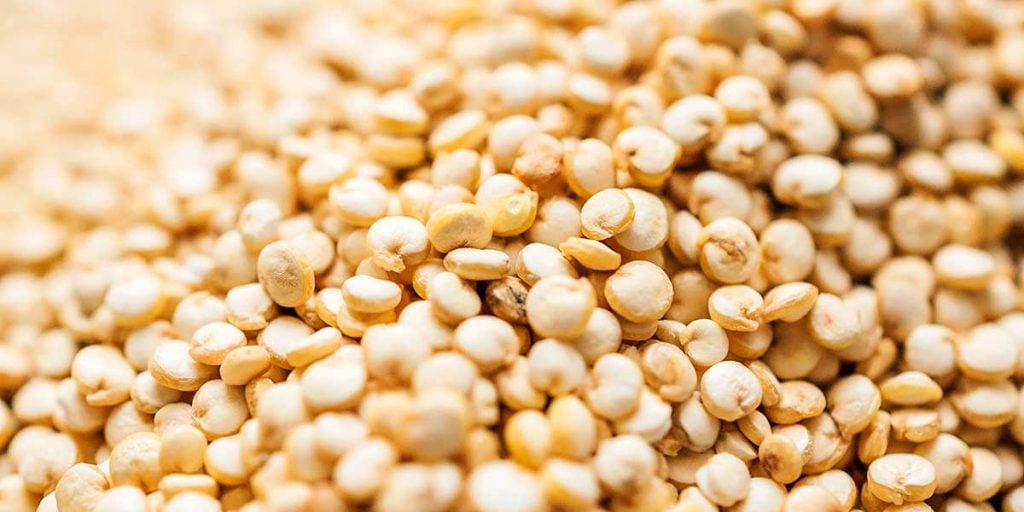
How much protein do you need?
There is a lot of “bro science” on this topic. Gym discussions often revolve about consuming 1 gram or more per pound of body weight. In the body-building circuit one often hears as much as 2 grams per pound of body weight. There aren’t many credible nutrition studies that will support these high amounts. Let’s look at some credible sources:
The American College of Sports Medicine (ACSM) recommends that to increase muscle mass a person that lifts weights regularly or is training for a running or cycling event eat a range of 1.2-1.7 grams of protein per kilogram of body weight per day, this equates to 0.5 to 0.8 grams per pound of body weight. Read the full article here (acsm.org).
The Mayo Clinic suggests similar protein intakes stating that very active people should eat 1.2 to 2 grams of protein per kilogram of body weight which corresponds to .55 to .90 grams per pound of body weight, a good bit less than you will hear in the locker room at your local gym. This suggests that an active 150-pound person should eat 82 to 136 grams of protein each day. People who aren’t active should eat less protein aiming for only .8 grams per kilogram (.36 grams per pound). You can access the Mayo Clinic recommendations here: Nutrition rules that will fuel your workout (Mayo Clinic).
What if I am a competing body-builder or extreme athlete? The National Center for Biotechnical Information (NCBI) recommends that bodybuilders should consume 1.6 to 2.2 grams/kilogram of bodyweight during the off season, often called the “bulking phase” for bodybuilders. This corresponds to no more than 1 gram per pound of bodyweight. Nutrition Recommendations for Bodybuilders in the Off-Season: A Narrative Review (nih.gov) .
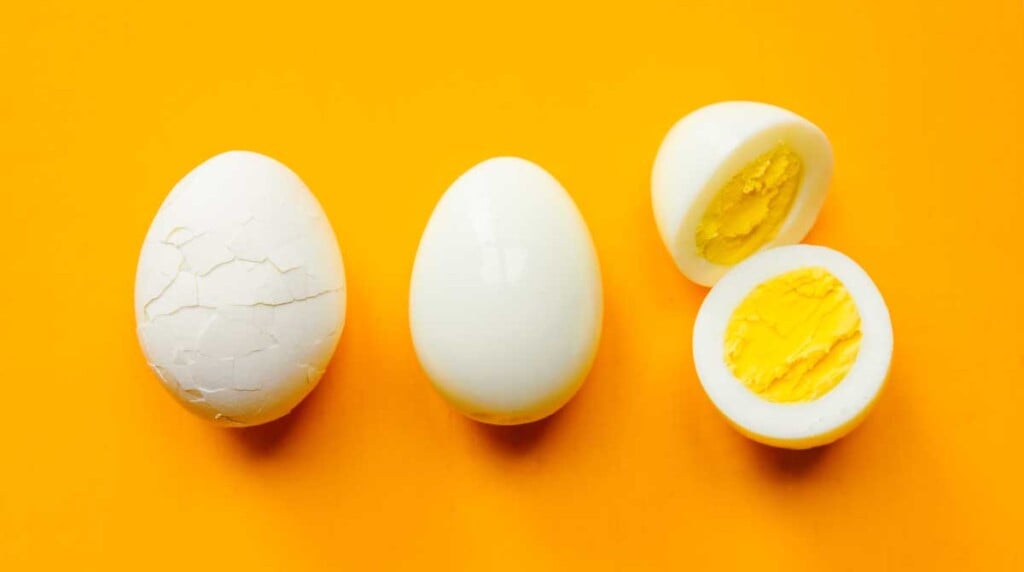
What part of my diet should come from Protein?
As an alternative to estimating protein requirements by body-weight, the Mayo Clinic recommends 10-35% of calories come from protein. That is obviously a wide range, but protein requirements depend greatly on your level of activity and need to rebuild muscle tissue after exercise or strenuous physical labor. This range gives you a minimum and maximum protein intake to aim for. You can use your typical daily caloric intake to figure a range for your daily protein intake.
- If you need 1500 calories then eat 38 to 131 grams of protein per day
- If you need 2000 calories then eat 50 to 175 grams of protein per day
- If you need 2500 calories then eat 63 to 219 grams of protein per day
How much protein can your body process in a single meal?
There is a widely accepted belief that your body can only process 20-25 grams of protein from a single meal. Protein amounts beyond this are generally used as energy. This would suggest that you are better served by consuming protein throughout the day than by having say a 12 ounce chicken breast all at once. The NCBI has studied this in depth, so if you would like to take a deep dive into the topic follow this link: How much protein can the body use in a single meal for muscle-building? Implications for daily protein distribution – PMC (nih.gov).
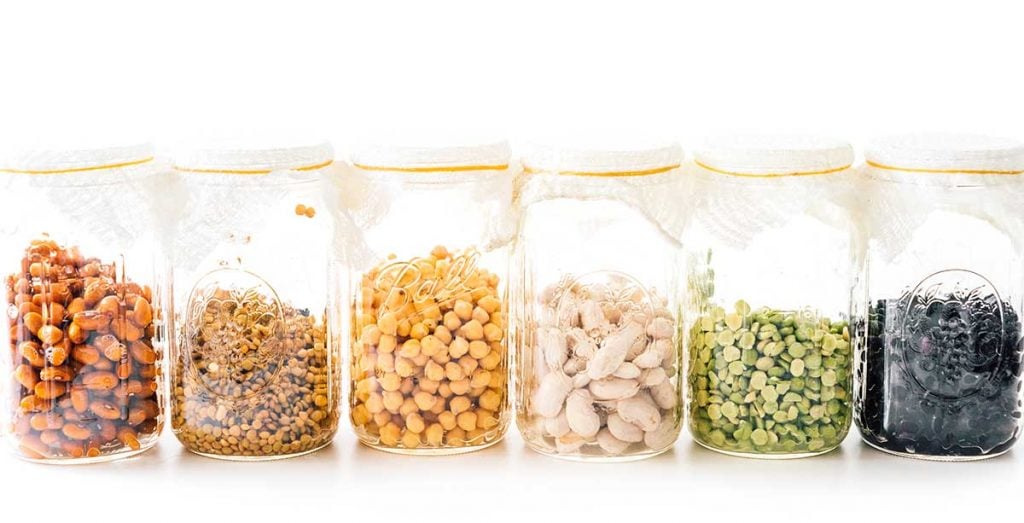
Should I time protein intake with my workouts?
It is generally accepted that one should eat some protein within one hour after a workout to ensure your body has the protein needed to repair muscle fibers after a workout. The science on this is not completely settled, so if you want to study this further here is another study from the NCBI (hey they are the experts and it is better than getting the bro science from that guy in the gym). The effect of protein timing on muscle strength and hypertrophy: a meta-analysis – PMC (nih.gov)
Can I get enough protein with a Vegan or Vegetarian diet?
Definitely! Just keep in mind that vegetable sources of protein are often incomplete as they do not contain all 9 essential amino acids. Eat a variety of vegetables and grains to ensure you are covered. (Here are our favorite vegetarian high protein recipes!)
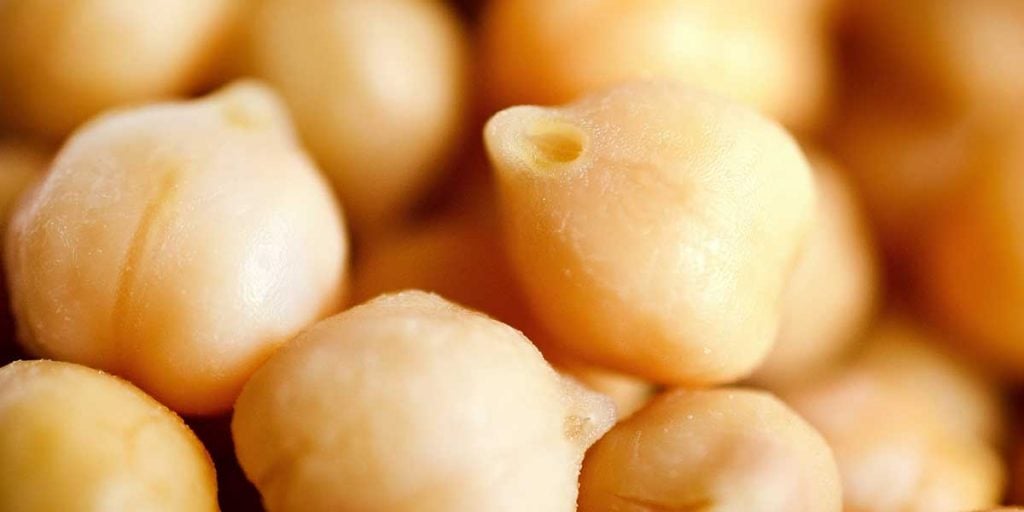
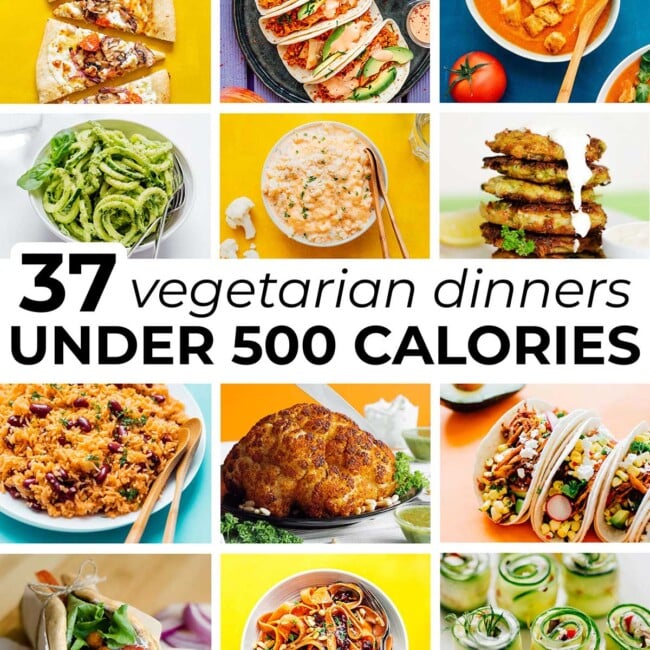

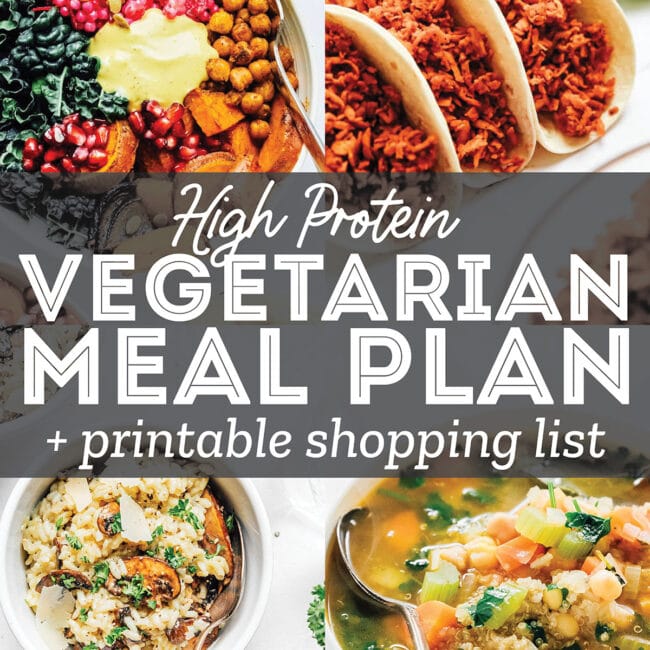
Leave a Comment